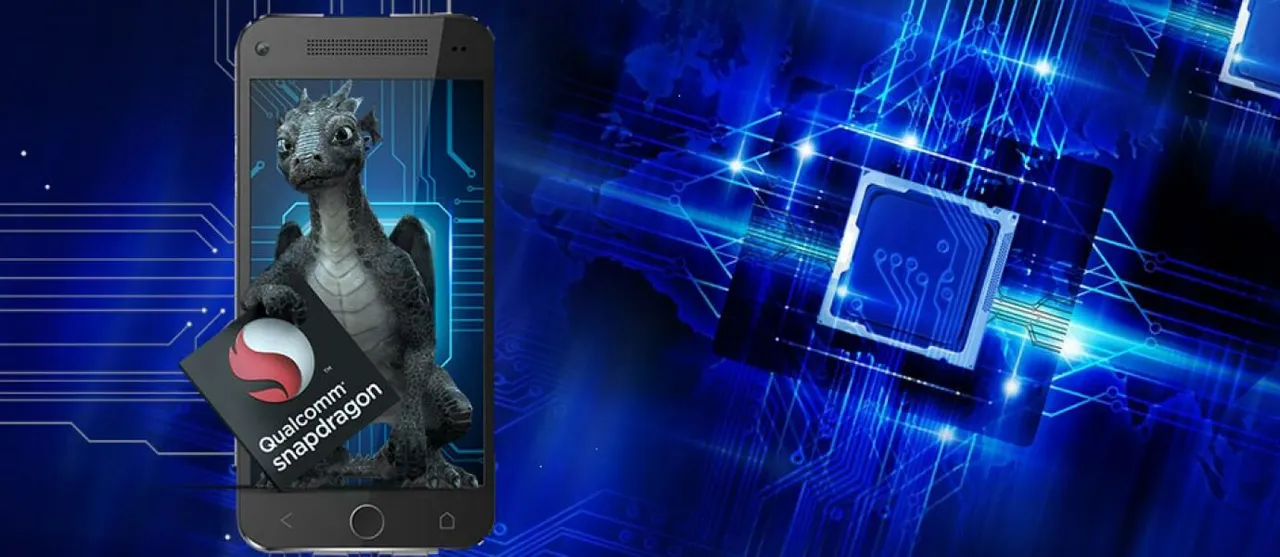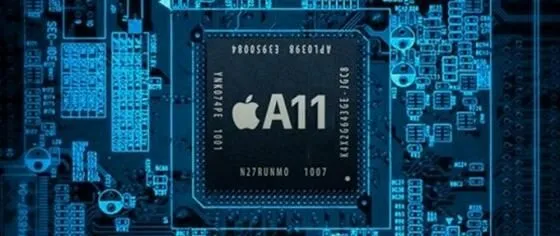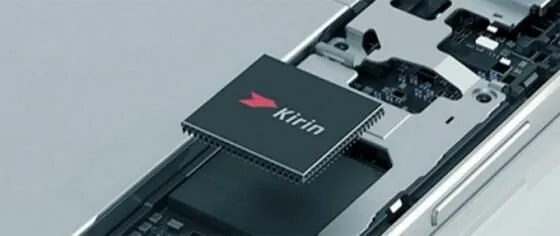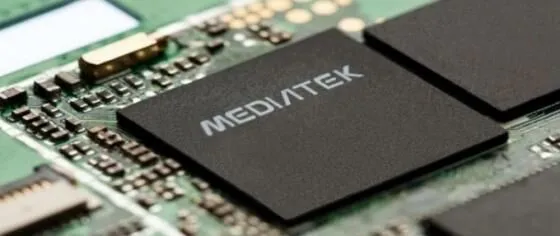
SoCs (System-on-a-Chip, also called processors and chipsets) are at the heart of smartphones, tablets, smartwatches, and other devices we use every day.
This upcoming processor is smaller, but has high performance and more energy efficient. Then, what processors will strengthen the majority of high-end smartphone 2018?
Quoted from PhoneArena, there are five strongest processors. Qualcomm Snapdragon 845, Samsung Exynos 9, Apple A11, Huawei HiSilicon Kirin 970, and MediaTek Helio X40. Here's a more complete explanation.
Processors That Will Drive High End Smartphones By 2017 and 2018.
1. Qualcomm Snapdragon 845

Qualcomm's latest generation Snapdragon processor will take control of most top-tier smartphones next year. Enough information about Snapdragon 835 successor.
Reported on 10nm process, not 7nm. Snapdragon 845 CPU will be 30 percent stronger in single core processing and 70 percent faster in multi-core.
This is done with a quad-core configuration consisting of a pair of Cortex-A75 CPU cores for heavy-duty chewing, synergistic with a pair of Cortex-A55-based power-efficient cores. Most likely Qualcomm will modify the ARM cores to match performance and power efficiency goals.
Snapdragon 835 vs. Exynos 8895, Which is the Fastest Processor? Snapdragon 835 vs. Exynos 8895 Snapdragon 835 vs. Exynos 8895, Which is the Fastest Processor?
The last time chipmaker uses the default ARM design is Snapdragon 810, but it does not work. The chipset can not achieve its performance because it is too hot.
The powerful new CPU will be paired with the Adreno 630 graphics unit. Qualcomm has not discussed much about its graphics technology, reportedly its performance has increased by 30 percent from Adreno 530 on Snapdragon 835.
2. Samsung Exynos 9 (2018)

Samsung will launch new Exynos processor along with Galaxy S9 next year. There are two things that can be guaranteed to happen with this chipset.
Firstly, it will go into Galaxy S9 in certain areas, such as Korea. Secondly, it will benefit from the design of the latest Cortex-A75 and A55 CPU cores from ARM.
Cortex-A75 alone can drive performance up to 50 percent better in multi-threaded usage, 16 percent increase in memory throughput, and 30 percent performance improvement on large screen devices. Likewise, the Cortex-A55 is 15 percent more power-efficient and has twice the memory throughput of the previous generation.
Like Qualcomm, Samsung also uses custom cores, based on the original ARM design. So, this performance advantage will surely trickle down to the next Exynos 9 chipset. As for the graphics unit, Samsung uses Mali GPU is ready to be launched from ARM. Performance of the latest generation Mali-G72 is increased 20 percent and 25 percent more efficiency above Mali-G71.
Sophisticated! Latest Mobile Processor ARM Dedicated Machine Learning and AI
Unfortunately, we will not see this chipset outside the upper-class Galaxy smartphone because of the business agreement between Samsung and Qualcomm. So, the Exynos 9 chipset will remain exclusive.
3. Apple A11

Apple A11, a 10nm processor that will drive the upcoming iPhone this year and next year is already mass produced at Taiwan's TSMC fabrication facility. The switch to a newer 10nm production process from the old 16nm alone can improve 20 percent performance and save 40 percent more power.
Unfortunately, there has been no leak about the chip architecture. Possibly Apple will continue from the Fusion A10 design, mixing high-performance cores and power-saving cores together with the PowerVR graphics unit.
4. Huawei HiSilicon Kirin 970

Like Samsung, Huawei also produces chipsets for its own mobile devices. The latest Kirin 960 is embedded on the Huwei P10 flagship.
Meanwhile, Kirin 970 10nm processor is scheduled for release late 2017 and is ready in time for its 2018 launch.
Unlike other chipsets, Kirin 970 may still be based on previous generation Cortex-A73 / A53 ARM CPU cores. Even so, Kirin 970 will still be a fairly fast and up-to-date chipset with a 5x20 MHz 256 QAM modem, which is 1.2Gbps speed.
Kirin 970 supports WiFi 802.11 a / b / g / n / ac, UFS 2.1, MMC, and 4x 16-bit LPDDR4 RAM modules. The SoC is also rumored to be debuting with the new ARM Heimdallr graphics architecture.
5. MediaTek Helio X40

MediaTek controls most of the smartphones sold in China, India, and other Asian regions. They are very affordable, provide sufficient performance, and stay in line with the development of modern technologies such as dual cameras and better signal processing.
Reportedly, the Taiwanese company will start producing 10-nm 12-core CPUs in TSMC in the third quarter for the launch of Q1 2018. Tentatively called Helio X40, it will take off after Helio X30 with 10 cores. The latest Core Cortex-A75 and A55 ARM will most likely be involved, along with the PowerVR graphics unit.
With so many CPU cores crammed into synchronization, power management and switching between them must be very complicated. Hopefully, MediaTek can write a CPU core scheduler to take full 12-core potential.
The final word
Currently, the smartphone is strong enough to beat the performance of the laptop. With the new power, what features do you think we will enjoy in 2018? Share your thoughts in the comments field below.
https://steemit.com/@ilhampriyatna
